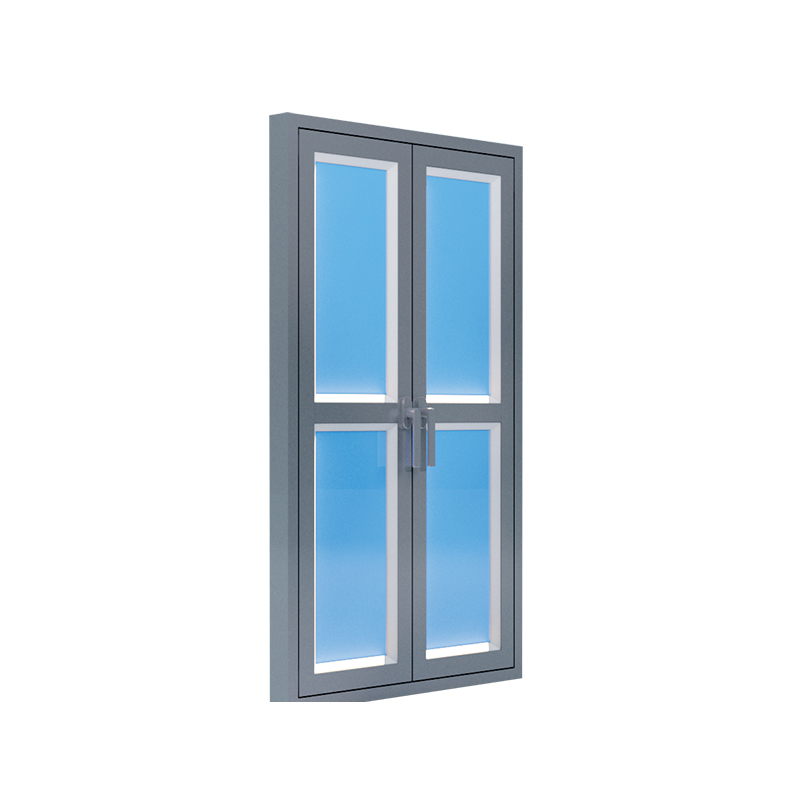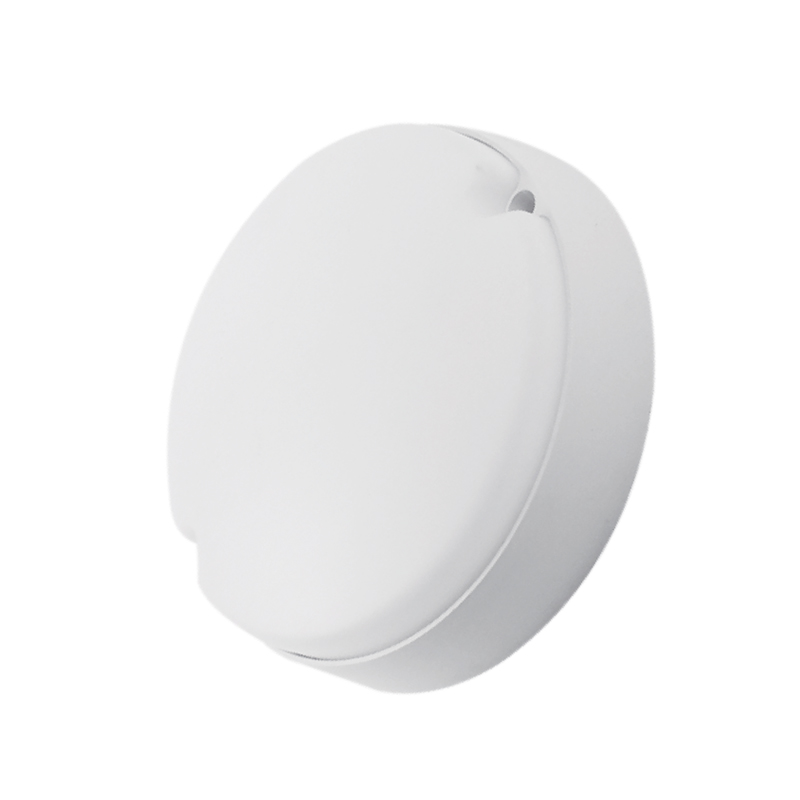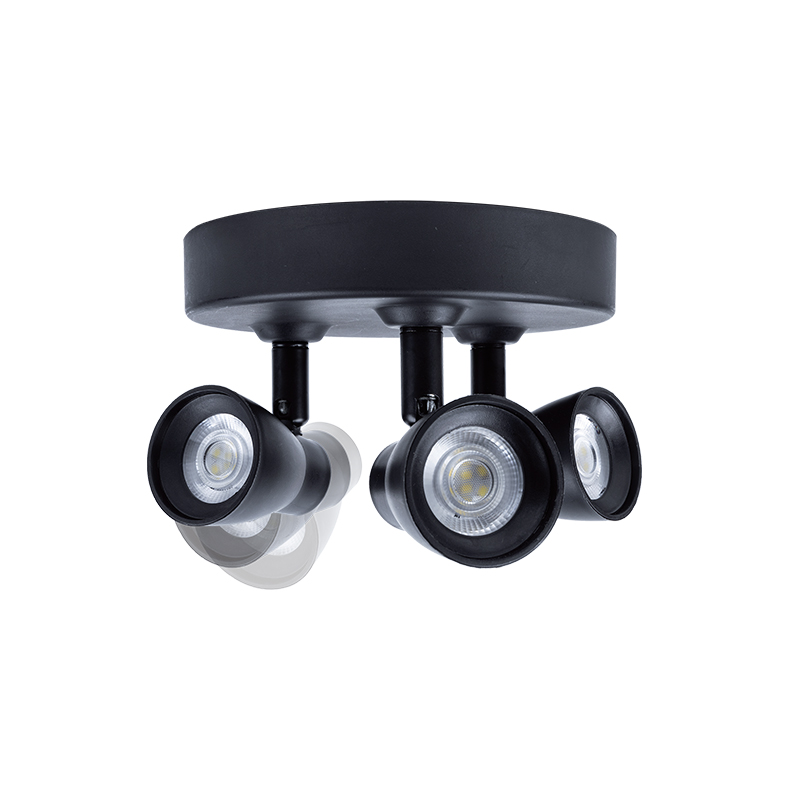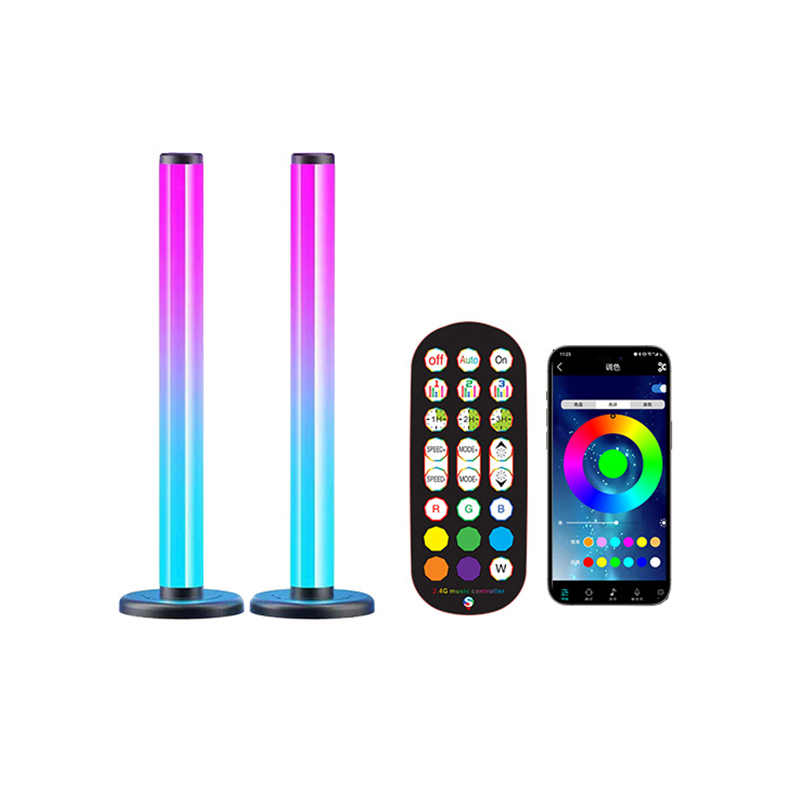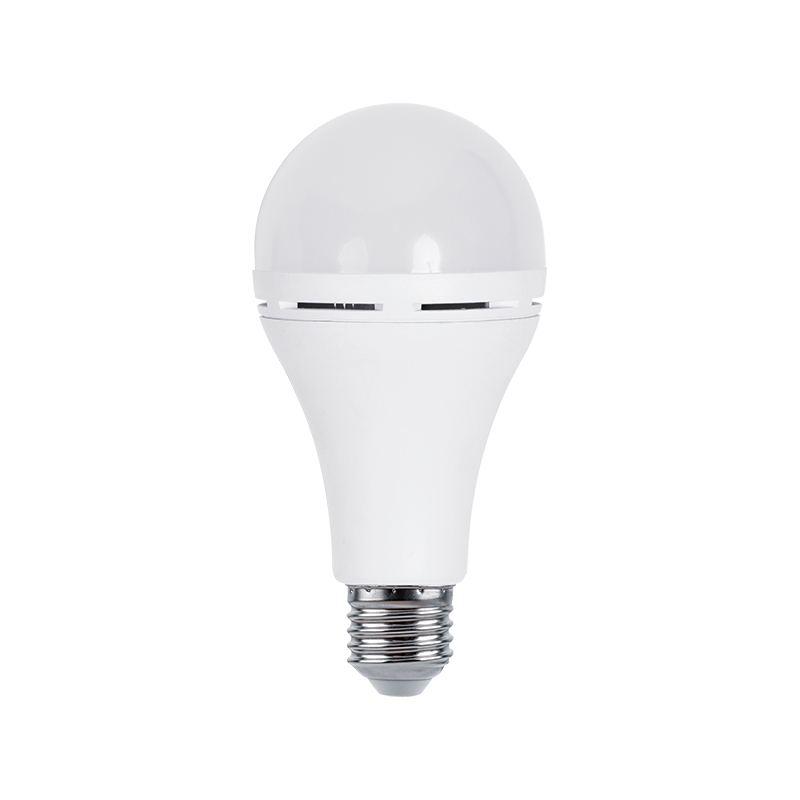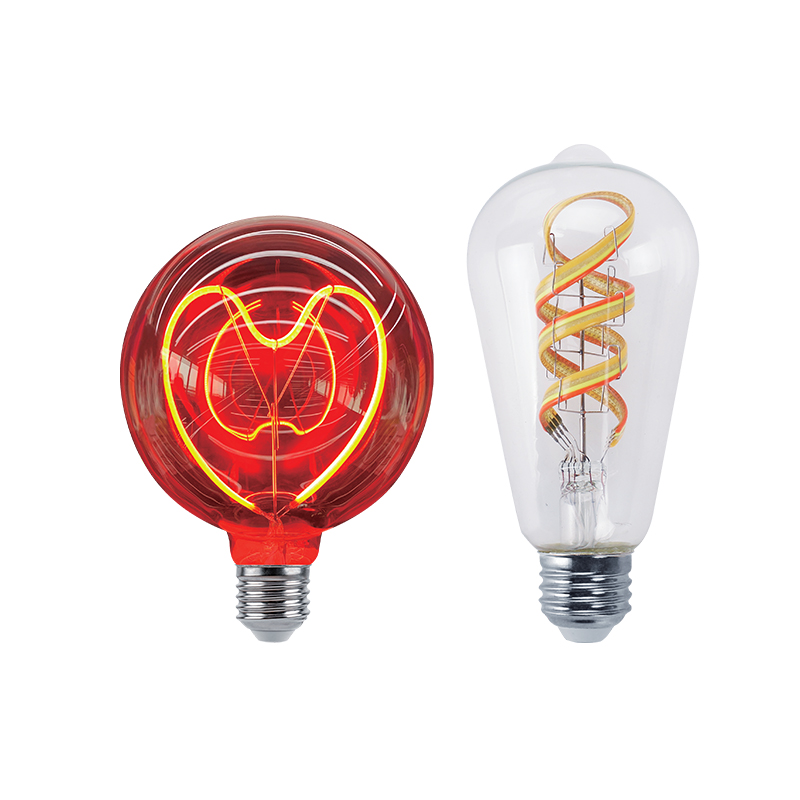We sincerely look forward to establishing a long-term development partnership with you with good quality and professional services.
In the evolution of lighting technology, the pursuit of efficiency has often been at odds with the quality and character of light. Early light emitting diode (LED) solutions, while energy-saving, struggled to replicate the warm, encompassing glow of traditional incandescent bulbs. Their light was often directional and harsh, creating shadows and failing to illuminate spaces uniformly. The advent of the led filament bulb (flexible filament) marked a significant turning point, successfully marrying the aesthetic appeal of vintage lighting with the advanced performance of modern solid-state lighting. Central to this achievement is the ability of these bulbs to produce a wide, omnidirectional light beam, frequently exceeding 220 degrees. This characteristic is not a minor feature but a fundamental quality that defines their visual performance and market appeal.
Understanding Beam Angle and Its Importance in Lighting Design
Before dissecting the mechanics of the flexible filament, it is crucial to understand what beam angle signifies and why it is a critical parameter for both wholesalers and end-users. In technical terms, the beam angle is the angle between the two directions in a light beam where the intensity is 50% of the maximum intensity at the center. In more practical terms, it defines the spread of light from a source. A narrow beam angle, such as 15 degrees, produces a concentrated spotlight, ideal for accent lighting. A wide beam angle, typically over 120 degrees, produces a floodlight effect. The 220°+ beam angle achieved by high-quality led filament bulb (flexible filament) products falls into the category of “very wide flood” or omnidirectional light.
The importance of a wide beam angle cannot be overstated, particularly in applications where the bulb itself is visible and the quality of ambient light is paramount. Incandescent bulbs naturally emit light in nearly all directions (360 degrees), which is why they have been the standard for general ambient lighting for over a century. They evenly illuminate rooms without dark corners or sharp shadows. Early LED bulbs, which often used a cluster of LEDs mounted on a flat plane (a printed circuit board or PCB), could only emit light in a forward direction, typically resulting in a beam angle of 120 to 180 degrees. This created an undesirable “tunnel effect” where light was projected forward but little to none was emitted sideways or backward, leaving the upper portions of fixtures and ceilings dim. For wholesalers and buyers, understanding this distinction is key. The ability of a led filament bulb (flexible filament) to mimic the natural light distribution of an incandescent makes it a high-value lighting solution for retrofits in hospitality, retail, and residential settings where atmosphere and visual comfort are essential. It effectively solves the problem of poor light distribution that plagued earlier LED generations.
The Anatomical Foundation: Deconstructing the Flexible LED Filament
To comprehend how the wide beam is achieved, one must first understand the basic anatomy of a flexible led filament. A standard, rigid LED filament is itself an improvement over PCB-based LEDs, but the flexible variant represents a further refinement. Each filament is a slender, transparent substrate, often made from a durable and slightly pliable material like transparent polyimide or glass. Onto this substrate, a series of miniature LED chips are mounted and connected in series by fine conductive wires, all encapsulated in a uniform layer of phosphor and silicone.
The key differentiator of the flexible filament lies in its physical properties. Unlike its rigid predecessor, this filament can be bent, shaped, and curved without damage. This flexibility is engineered at the material level, with the substrate and the encapsulating materials designed to withstand mechanical stress. This fundamental characteristic is the primary enabler for the strategic filament arrangements that produce omnidirectional light. The led filament bulb (flexible filament) leverages this pliability not as a gimmick, but as a core functional component of its optical design. The combination of the transparent substrate and the surrounding phosphor layer is also critical. Unlike traditional LEDs with a plastic lens that focuses light, this construction allows light to be emitted from all surfaces of the filament—a principle known as side-emitting technology. This means light radiates from the top, bottom, and both sides of the filament, creating a linear light source that glows uniformly along its entire length.
The Core Mechanism: Strategic Arrangement of Flexible Filaments
The single most important factor enabling the 220°+ beam angle is the physical arrangement of the flexible filaments within the bulb. The flexibility of the filaments allows manufacturers to design three-dimensional structures that were impossible with rigid components. This is the cornerstone of the omnidirectional performance.
Inside a typical led filament bulb (flexible filament), you will not find filaments laid flat or parallel in a single plane. Instead, they are arranged in a radial, three-dimensional pattern. Common configurations include filaments that are bent into graceful arcs, arranged in a star-like formation, or shaped into a full cage-like structure. This strategic bending and shaping serve a critical purpose: it orients the light-emitting surfaces of the filaments to face outwards in virtually every direction.
Imagine a series of miniature, glowing rods, each itself emitting light over a very wide angle. If these rods are all pointing upwards, the light will be projected mostly upwards and sideways. However, if these same rods are curved outwards and positioned at different angles, their collective light output fills the entire spherical space around them. The light from one filament covers the “gaps” or directional voids left by another. The flexibility of the substrate is what makes this intricate and purposeful arrangement possible. This design approach directly addresses the light distribution challenges of early LEDs and is a primary reason why the led filament bulb (flexible filament) is considered a true retrofit for incandescent bulbs. The following table illustrates the contrast in light distribution approaches:
| Light Source Type | Typical Filament Arrangement | Resulting Beam Angle | Light Distribution Characteristic |
|---|---|---|---|
| Early PCB LED Bulb | LEDs on a single, flat plane | 120° - 180° | Directional, creates a “tunnel effect” with shadows above the bulb. |
| Rigid LED Filament Bulb | Straight filaments in a 2D/planar array | 180° - 270° | Improved, but may still have some directional bias depending on the array. |
| Flexible LED Filament Bulb | Curved/bent filaments in a 3D radial array | 220°+ (Omnidirectional) | Even, uniform light in all directions, closely mimicking an incandescent bulb. |
This three-dimensional arrangement ensures that from any viewing angle around the bulb, multiple filament surfaces are visible and actively emitting light. This eliminates the dark spots and directional bias, creating a consistent and pleasing glow that is a hallmark of quality ambient lighting.
The Role of Material Science: Transparency and Phosphor Distribution
While the physical arrangement of the filaments is paramount, the materials used in their construction play an equally vital supporting role in achieving the wide beam angle. The two most critical material properties are the transparency of the substrate and the uniform application of the phosphor coating.
The substrate of a flexible filament must be transparent to allow light to pass through it unimpeded. If the substrate were opaque or reflective, it would block a significant portion of the light emitted from the LED chips, particularly the light that would travel through the substrate itself. The use of a transparent material ensures that light generated by the LED chips can escape from all sides of the filament structure. This is a fundamental aspect of the side-emitting technology that defines filament LEDs. It transforms the filament from a directional light source into a linear, glowing rod.
The second crucial material component is the phosphor coating. Blue LED chips are used in most white filament LEDs. These chips are coated with a yellow phosphor powder suspended in a silicone resin. When the blue light from the chip strikes the phosphor particles, a portion of it is converted into longer wavelengths, resulting in the perception of white light. For the beam angle to be wide and uniform, this phosphor layer must be applied with extreme consistency along the entire length and circumference of the filament. Any variation in thickness or density would result in uneven color temperature (cooler or warmer spots) and variations in brightness along the filament, which would compromise the quality of the omnidirectional light. A perfectly uniform coating ensures that the color and intensity of the light are consistent, regardless of the angle from which the filament is viewed. This contributes significantly to the high color rendering index (CRI) often associated with a well-made led filament bulb (flexible filament), as the light mixing is homogeneous. The combination of a transparent substrate and a uniform phosphor layer creates a perfectly diffuse, linear light source that serves as the ideal building block for the wider bulb-level omnidirectional system.
The Absence of Secondary Optics: Letting the Light Free
Another significant design choice that contributes to the wide beam angle in a led filament bulb (flexible filament) is the general absence of heavy secondary optics. In many conventional LED bulbs, primary lenses on individual LEDs are coupled with larger secondary lenses or reflectors designed to direct and shape the light beam. While effective for creating specific beam patterns, these optical components inherently limit the maximum possible beam angle. They are designed to guide light in a predetermined path, which often sacrifices wide-angle distribution for intensity and control.
In contrast, the design philosophy behind the filament bulb is to minimize obstruction. The goal is to let the light from the filaments radiate freely in all directions. The only thing standing between the filaments and the environment is the outer glass bulb, which is typically clear or lightly diffused. This glass bulb serves to protect the filaments and, in some cases, provides a very mild diffusion to blend the light from individual filaments into a seamless whole. It does not actively focus or significantly redirect the light.
This minimalist approach to optics is a direct enabler of the 220°+ beam angle. By removing the barriers that would block or redirect sideways and backward light, the inherent omnidirectional emission profile of the three-dimensional filament array is fully utilized. This design prioritizes the quality and distribution of light over the sheer concentration of luminous flux in one direction, making it ideal for decorative and ambient lighting applications. For buyers, this translates to a product that provides a comfortable, glare-reduced light experience, as the light source appears as a soft, uniform glow rather than a collection of bright, pinpoint hotspots.
Comparative Advantages and Market Implications
The technological achievement of the 220°+ beam angle in a led filament bulb (flexible filament) translates directly into tangible benefits that are highly valued in the market. For wholesalers and buyers, understanding these advantages is key to effectively positioning and selling the product.
First and foremost is the superior light distribution. As discussed, this eliminates the shadowing and uneven illumination that can make spaces feel cold and uninviting. This makes the flexible filament bulb an excellent choice for open-top pendant lights, chandeliers, wall sconces, and any fixture where the bulb is visible and ambient light is desired. It is a critical feature for hospitality lighting in hotels and restaurants, where atmosphere is directly linked to customer experience.
Secondly, the combination of wide beam angle and the vintage aesthetic creates a high perceived value. Consumers and businesses are not just buying a source of illumination; they are purchasing a lighting experience that combines nostalgic design with peak modern performance. This allows for a stronger value proposition than a standard LED bulb. The led filament bulb (flexible filament) is often seen as a premium product, justifying its price point through its visual and performance benefits.
Furthermore, the technology offers energy efficiency without compromise. End-users no longer have to choose between the beautiful, omnidirectional light of an incandescent and the low energy consumption of an LED. The flexible filament bulb delivers both, providing significant energy savings and a long operational life while maintaining the light quality that people find comfortable and appealing. This makes it one of the most compelling retrofit lighting solutions on the market for upgrading existing fixtures without sacrificing aesthetic goals.

 English
English Español
Español Deutsch
Deutsch